Goya – The Third of May, 1808
Can a painting change your mind? Spanish artist Francisco Goya painted The Third of May 1808 just six years after the events depicted. It’s an epic work – huge in scale, arresting in impact.
We see the central figure in the last moments of his life. All the things he has done in his life have boiled down to this. Of course we are more, much more, than the moment of our death. But the sum of his decisions have led him to this moment. Even if we don’t know the story, we would be less than human to not feel some sympathy for this man.
An execution is not glorious. This is the horror of war. This is what happens.
It’s shocking, not just because of the subject matter. It’s how ordinary are the people taking part. These aren’t the heroes of battle scenes Goya’s contemporaries painted. These aren’t generals astride white horses with their swords drawn. These are townsfolk. Labourers, artisans, bread-makers and blacksmiths; lining up to be executed, a disorderly queue of the distraught and miserable. People you would have known.
As Napoleon’s armies began their occupation of Spain in 1808, a Spanish resistance arose. Napoleon I of France had crowned himself Emperor in 1804, and took advantage of the weak king of Spain, Charles IV, by talking him into invading Portugal. Under this guise, Napoleon put troops into Spain, which then occupied the country. The people of Madrid rebelled, and the French were merciless in response. French Marshal Murat issued a proclamation: “The population of Madrid, led astray, has given itself to revolt and murder. French blood has flowed. It demands vengeance. All those arrested in the uprising, arms in hand, will be shot.”
All those arrested, arms in hand, will be shot
On the third of May, 1808, the day after the uprising, the proclamation is put into effect. The Spanish patriots involved in this resistance are rounded up.
Our eyes are drawn to the central figure in the bright white shirt and mustard trousers – both colours also appearing in the lantern providing the only source of light to the scene. He is the light in this dark painting. With his Christ-like arms above his head, he kneels, submitting to his death. On his face is at once both resignation and a kind of imploring defiance as he looks earnestly toward the firing squad. Can this really be happening?
Below him are the bodies of those already executed, to his left those waiting their turn, hands over the faces as they see their fate is sealed.
The timing is the early hours of the morning. The executioners carry out their work at point-blank range. Their rigid line contrasting with that of their victims. Military discipline helps to suppress humanity. As we heard only last century, they are simply “following orders”.
The soldiers and the embankment form opposing diagonal lines, hemming in the victims. The sky is black – they will not even see their last dawn today. The city is distant, dark and unhelpful. We do not see the faces of the soldiers. They are literally faceless, part of the military machine Napoleon had created. At the bottom of the scene, fresh blood – so much blood – stains the ground. The last victim’s mouth remains frozen open at his final terror, the latest addition to the grisly pile trailing off the canvas.
Goya has spared us nothing. Unlike the heroic battle scenes of his contemporaries, complete with freshly ironed shirts and small neat red dots of blood, Goya has instead stripped all heroism from the victors and coated the vanquished in blood.
Perhaps we see both soldiers and victims as pawns in the movement of larger forces, and charismatic leaders bent on personal glory. Perhaps both thought of themselves as part of some larger movement that required either uprising or brutal suppression. But our sympathies do not lie with the soldiers. It is with the living breathing people in this painting who are waiting for their end.
And in the end, what we see is a failure of politics and a failure of leadership. There is no glory. Only dark night-time undertakings, hapless victims, cold cruelty, injustice, and bloody bodies on the ground.
There is no glory … only injustice, and bloody bodies on the ground
Does it move you? Maybe even enrage you a little? Is your mind changed or hardened away from the siren-song of glorious battles into the starker reality of a grim harvest of souls?
Can a painting change our mind – maybe even without our conscious acknowledgement that a change has happened? Goya certainly intended us to see more than a mere representation of an event. Can a painting lead us to wonder why we are so flawed? Can a painting help us ponder the human condition – even the parts we can’t put into words. Only you can answer that.
Not all paintings are suitable subjects for putting onto chocolate boxes. But art, great art, changes us – whether or not we perceive it at the time.
Watch this commentary
More from Francisco Goya

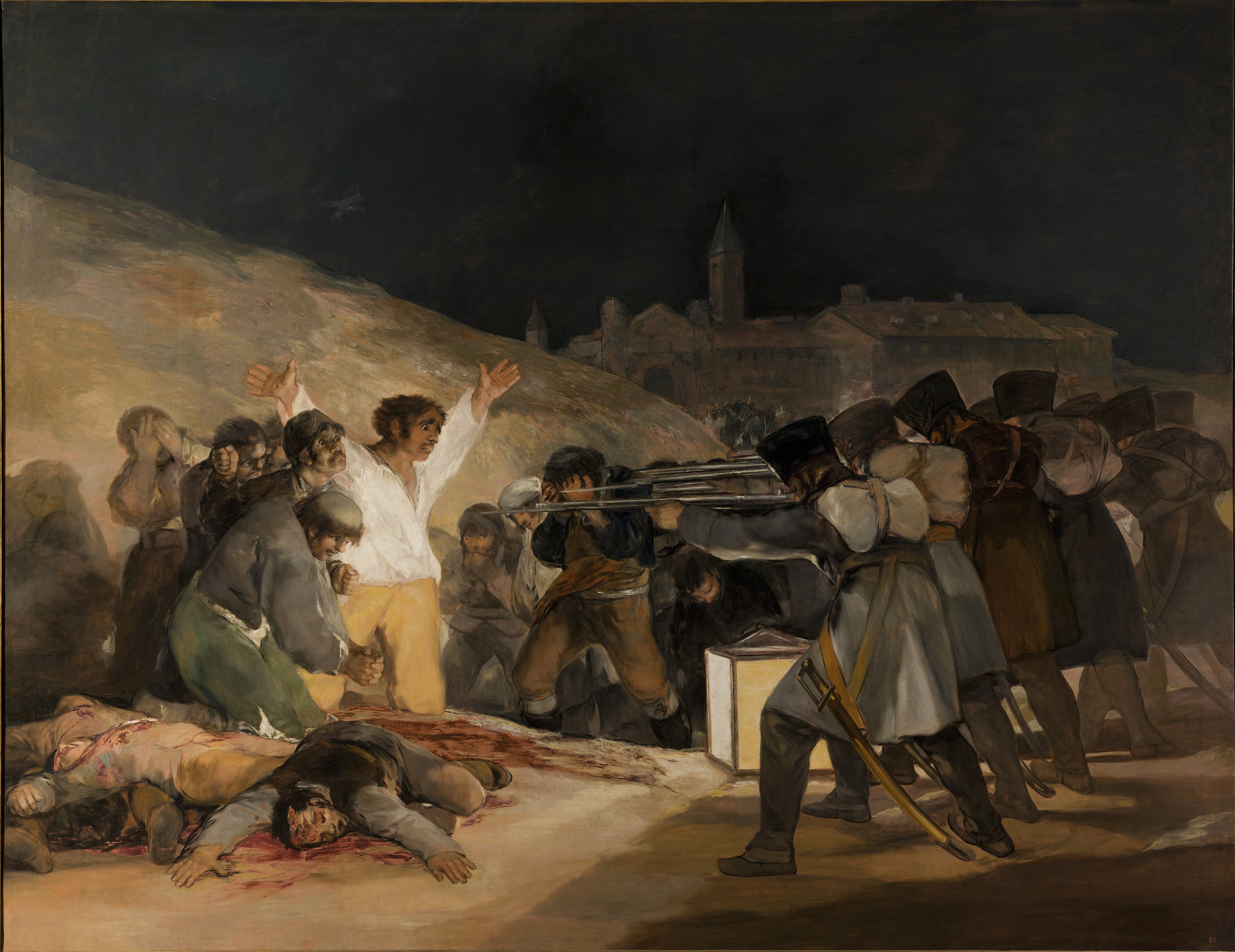
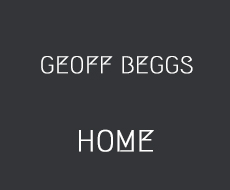
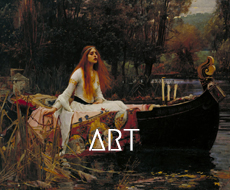

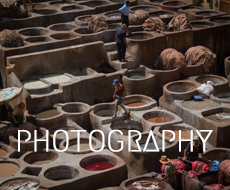
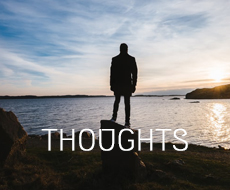

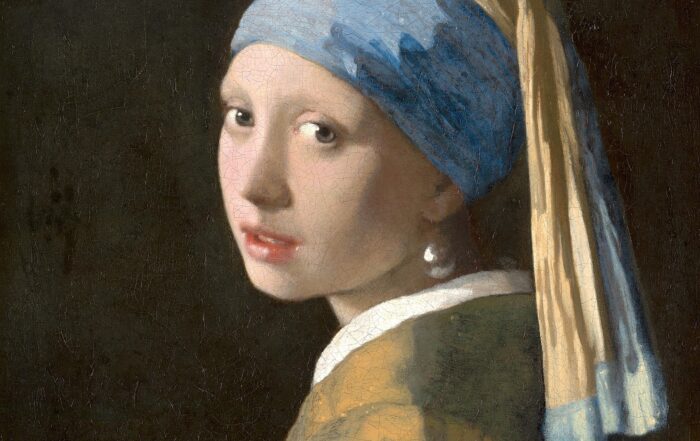
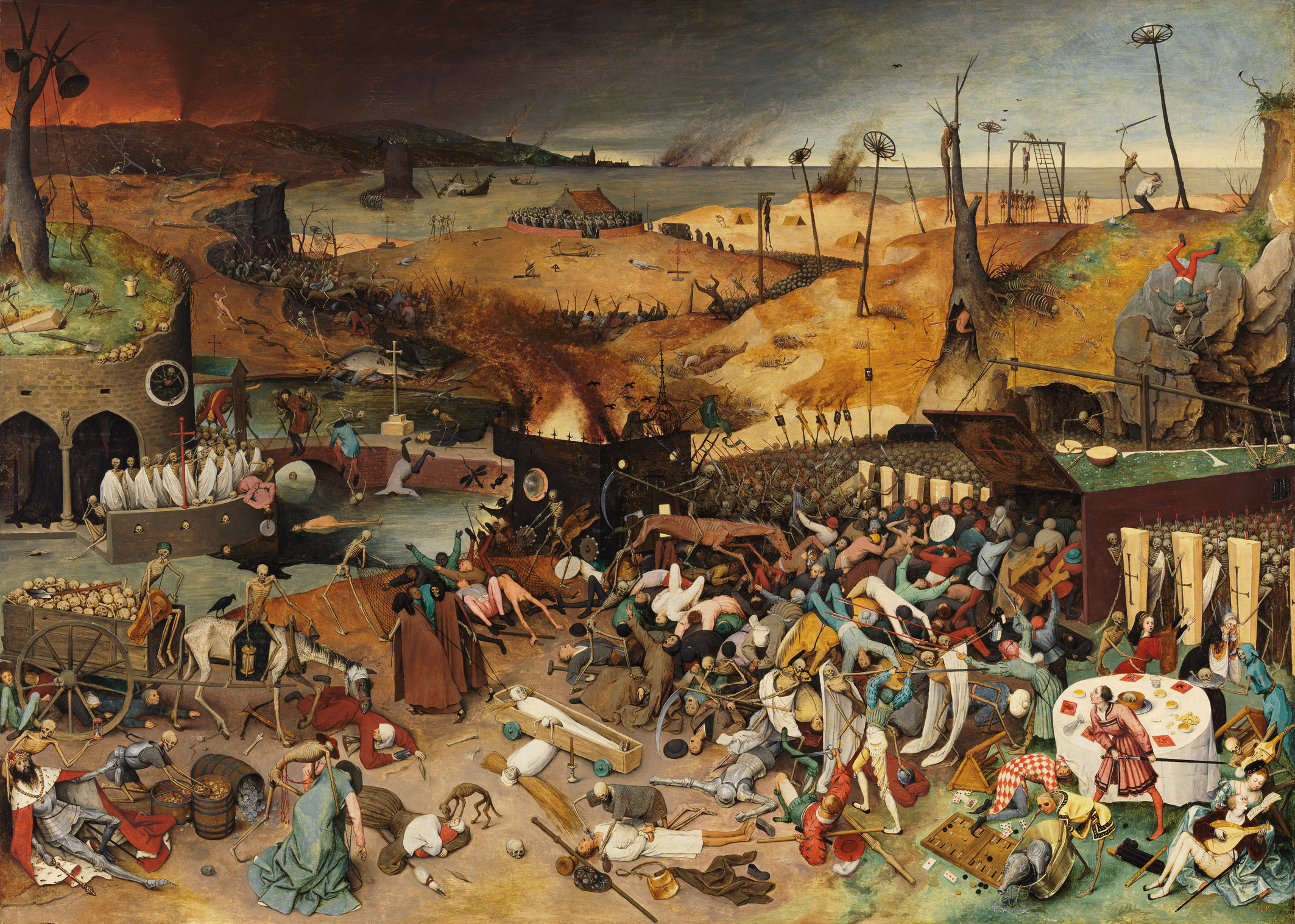
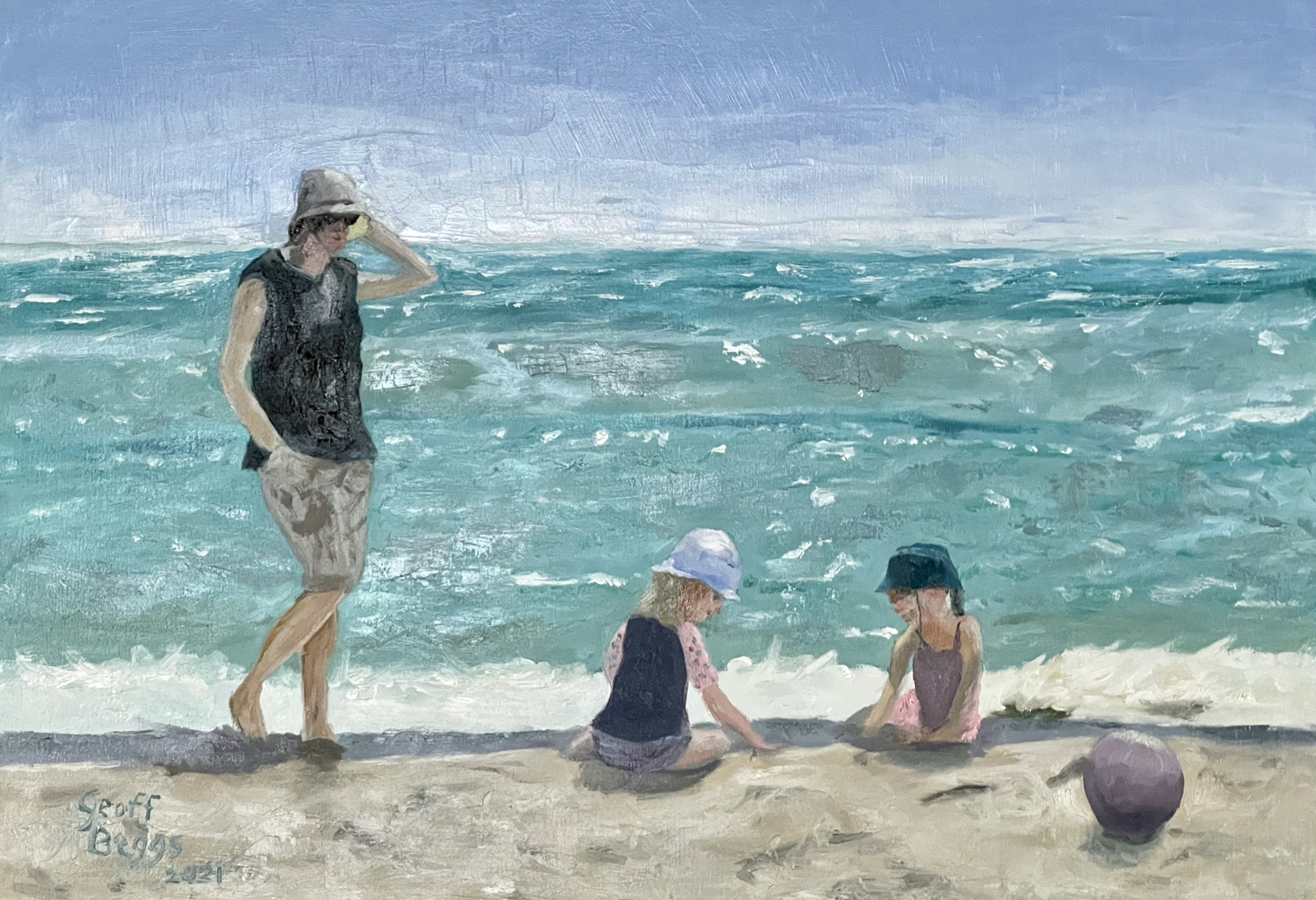

Leave A Comment